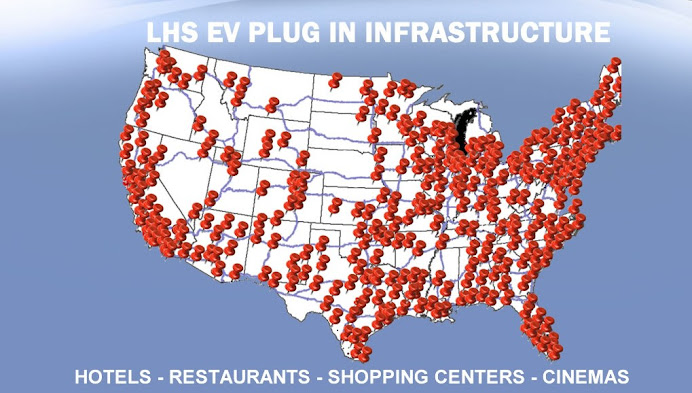 Following the recent announcement of the 99g/km Volvo C30 1.6D DRIVe and the plans to introduce a plug-in hybrid in 2012, Volvo is also evaluating the viability of an entirely electric-powered Volvo C30 known as a BEV (Battery Electric Vehicle).
Following the recent announcement of the 99g/km Volvo C30 1.6D DRIVe and the plans to introduce a plug-in hybrid in 2012, Volvo is also evaluating the viability of an entirely electric-powered Volvo C30 known as a BEV (Battery Electric Vehicle).And unlike some battery-powered cars, the Volvo C30 BEV features the same safety, comfort and space as the standard car, including four seats. The difference is that the C30 BEV is powered solely by electricity, emits no carbon dioxide emissions, and has a range of up to 93 miles (150 km). It also features a limited top speed of 80mph (128 km/h) and can reach 0-62mph (100 km/h) in less than 11 seconds.
In 2009, a small number of prototype versions of the Volvo C30 BEV have been built and tested internally by Volvo. In addition to focusing on performance and safety, much of the emphasis is on integration of the electric propulsion system with the rest of the car. Electrical power is a suitable and practical fuel for passenger cars of the near future. The electric motor offers greater energy efficiency compared with the combustion engine and will become increasingly common in the future as fuel prices rise and demands for low CO2 emissions become ever more stringent. The Volvo C30 BEV is powered with a Litium-Ion battery that is charged via a regular power socket found in most homes. Recharging an entirely depleted battery via the regular household power supply system (230V, 16A) will take about eight hours.
The electric motor is housed under the bonnet, just like the engine in a conventional car. One of the priorities within the BEV project is to find the best place for the battery. Ideally, it will be in the prop shaft tunnel or where the fuel tank normally is located. These locations are within the car's crumple zone. Since the car runs solely on electricity, it requires a larger battery with higher capacity (24 kWh) compared to the plug-in hybrid (12 kWh).
Volvo Cars imposes the very same high safety standards on all its products irrespective of the type of fuel or power source used. Volvo's safety dedication is always focused on the human being and is based on solid understanding of real-life traffic situations. What is more, comprehensive in-house tests are carried out both virtually and in Volvo's highly advanced crash-test laboratory. If Volvo chooses to introduce an entirely new type of electric car on the market, it will be just as safe as any other car bearing the Volvo badge.
Volvo has theoretically identified all the electric-related safety scenarios in the stages before, during and after a collision. After careful study of these scenarios, the company's engineers will create solutions for handling each and every situation identified, guaranteeing that any future electric cars fully match Volvo's renowned safety standards in every respect.
Source : CarPages, September 17th, 2009
Source : CarPages, September 17th, 2009

Aucun commentaire:
Enregistrer un commentaire